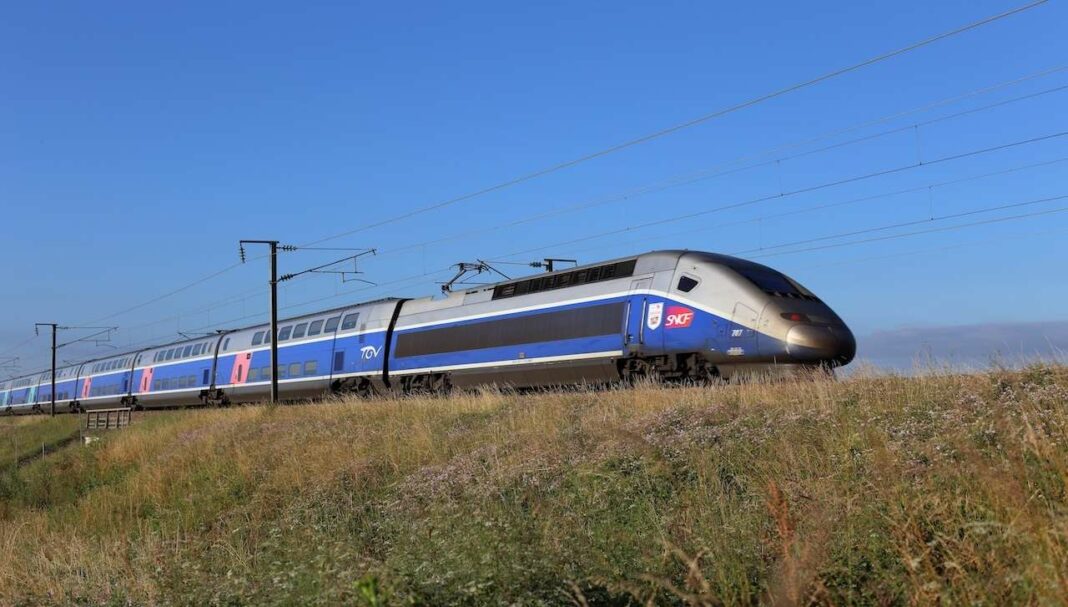Alstom is launching a 150 million euro investment plan to tackle delivery delays by enhancing production at its French manufacturing sites. This initiative will create 1,000 jobs and double production capacity, focusing on the TGV M trains. The strategy includes relocating some production back to France and standardizing assembly lines. With 145 TGVs scheduled for delivery, Alstom aims to improve efficiency and meet rising demands in the high-speed rail market while responding to governmental scrutiny regarding delays.
Alstom’s Bold Investment Plan to Overcome Delivery Delays
Facing criticism for frequent delivery delays, the renowned French manufacturer Alstom is set to embark on an ambitious investment initiative, allocating 150 million euros to streamline its production timeline. The primary focus will be on enhancing the production of the iconic TGV M and addressing an ever-expanding order book.
Revamping French Manufacturing for Efficiency
Alstom’s strategy is straightforward: bolster its French manufacturing sites, shift some production processes back to France, and expedite assembly to alleviate industrial congestion. This significant transformation entails the establishment of new production lines in Valenciennes, doubling the capabilities at La Rochelle, and creating 1,000 new jobs by the close of the year. The ultimate aim is to eradicate bottlenecks and more than double the current annual production rate.
Since its inception in 1981, Alstom’s manufacturing model has seen minimal change. Locomotives are produced in Belfort, while La Rochelle is responsible for the train cars, with components sourced from various locations including Ornans, Le Creusot, Rouen, and Tarbes. However, with the surge in demand, this traditional model has reached its capacity limits.
In response, Alstom is taking significant steps forward. A new assembly line will be introduced in Petite-Forêt, close to Valenciennes, utilizing a previously vacant facility that was once dedicated to Dualis trams-trains. This new site, which previously focused on subways and regional trains, will collaborate closely with La Rochelle, employing a strategy of complete duplication in manufacturing processes to enhance efficiency.
The La Rochelle facility will expand its boiler-making and assembly capabilities, while still managing the finishing phases of the TGVs. Similarly, Belfort will see the addition of a new 250-meter structure dedicated to train coupling before delivery. “Our production lines will be standardized, ensuring that the assembly line in Valenciennes mirrors that of La Rochelle,” stated Henri Poupart-Lafarge, CEO of Alstom.
With a total of 145 TGVs scheduled for delivery, including 115 for SNCF, Alstom has significant stakes riding on this plan. Unfortunately, the initial units earmarked for certification have already seen delays, pushing their commissioning to early 2026. Therefore, this industrial strategy is designed not just to accelerate production but to ensure timely deliveries.
Frédéric Wiscart, president of Alstom France, affirmed that the high-speed rail market is witnessing substantial growth. The Avelia Horizon model, Alstom’s flagship two-level train, has garnered attention beyond France, with Morocco placing an order for 18 trains and the startup Proxima planning to acquire 12 more starting in 2028. Eurostar is also contemplating the purchase of an additional 50 trains.
Alstom aims to boost production from 12 trains annually to over double that amount, effectively tackling the bottlenecks in its production systems and the development process. This includes improving supplier organization and enhancing coordination between various manufacturing sites.
This comprehensive industrial reorganization is also a proactive response to governmental scrutiny. In February, the ministries of Industry and Transport tasked a group of experts with analyzing the underlying reasons for persistent delays in train, metro, and RER projects. While the report is expected in July, Alstom is already moving forward with its improvements.
To fulfill its commitments, the company has reimagined its entire development chain, achieving a 30% reduction in design times for its models and gradually standardizing platforms. “Our Avelia high-speed train represents the culmination of a modernization cycle that has spanned over a decade,” confirmed the CEO.
By gradually implementing the “New Alstom method,” which emphasizes lean management, automation, and synchronized production, facilities like Hennigsdorf near Berlin are now operating efficiently. In France, the vision is clear: to convert a fragmented industry into a seamless operation, fully equipped to meet the growing demands of the rail sector.
